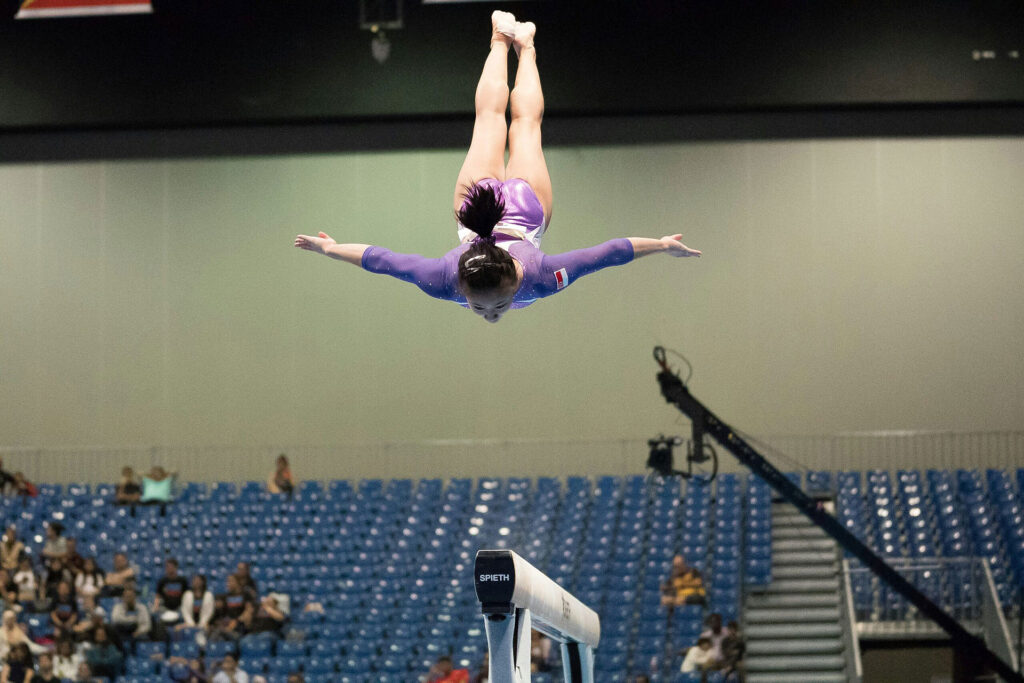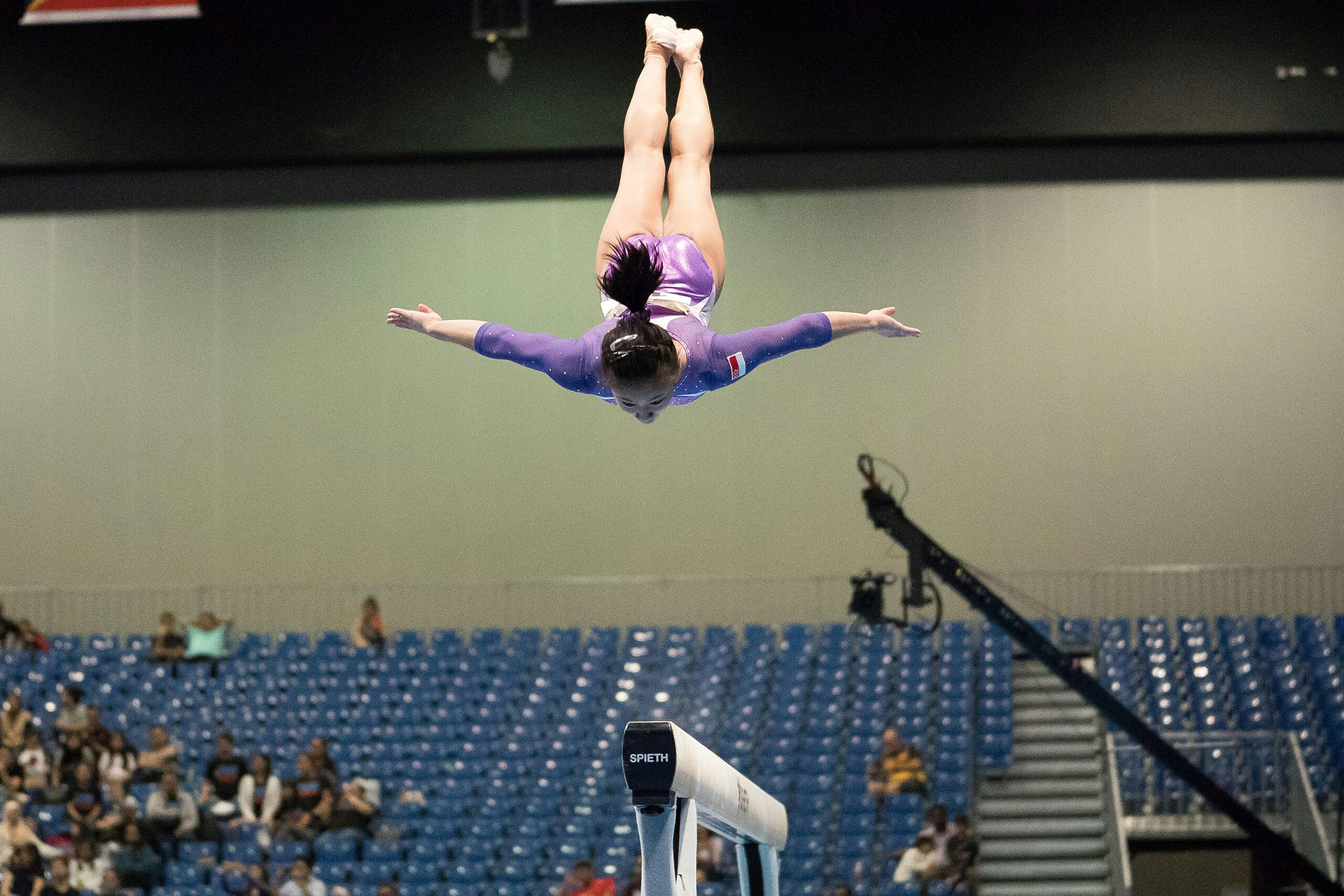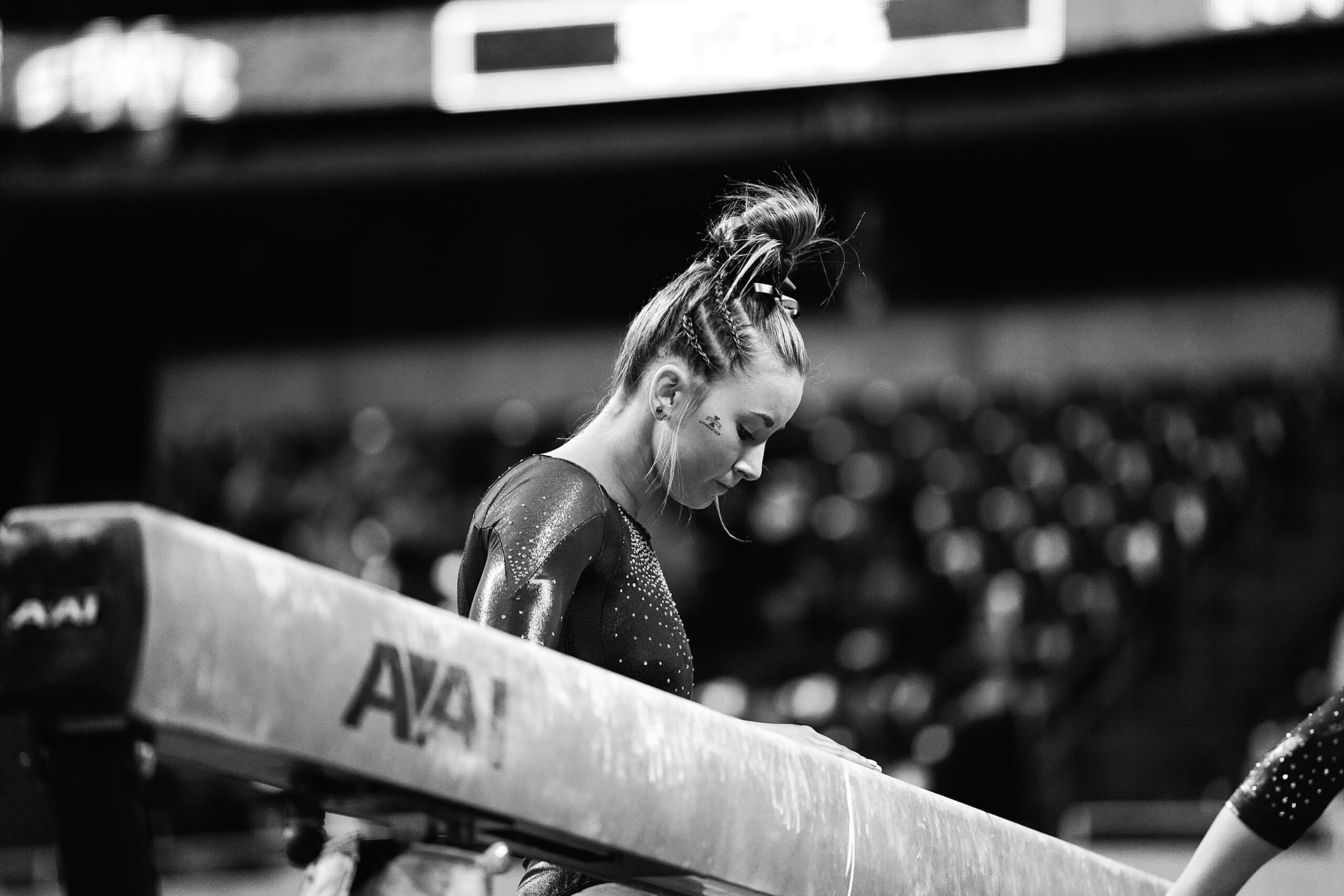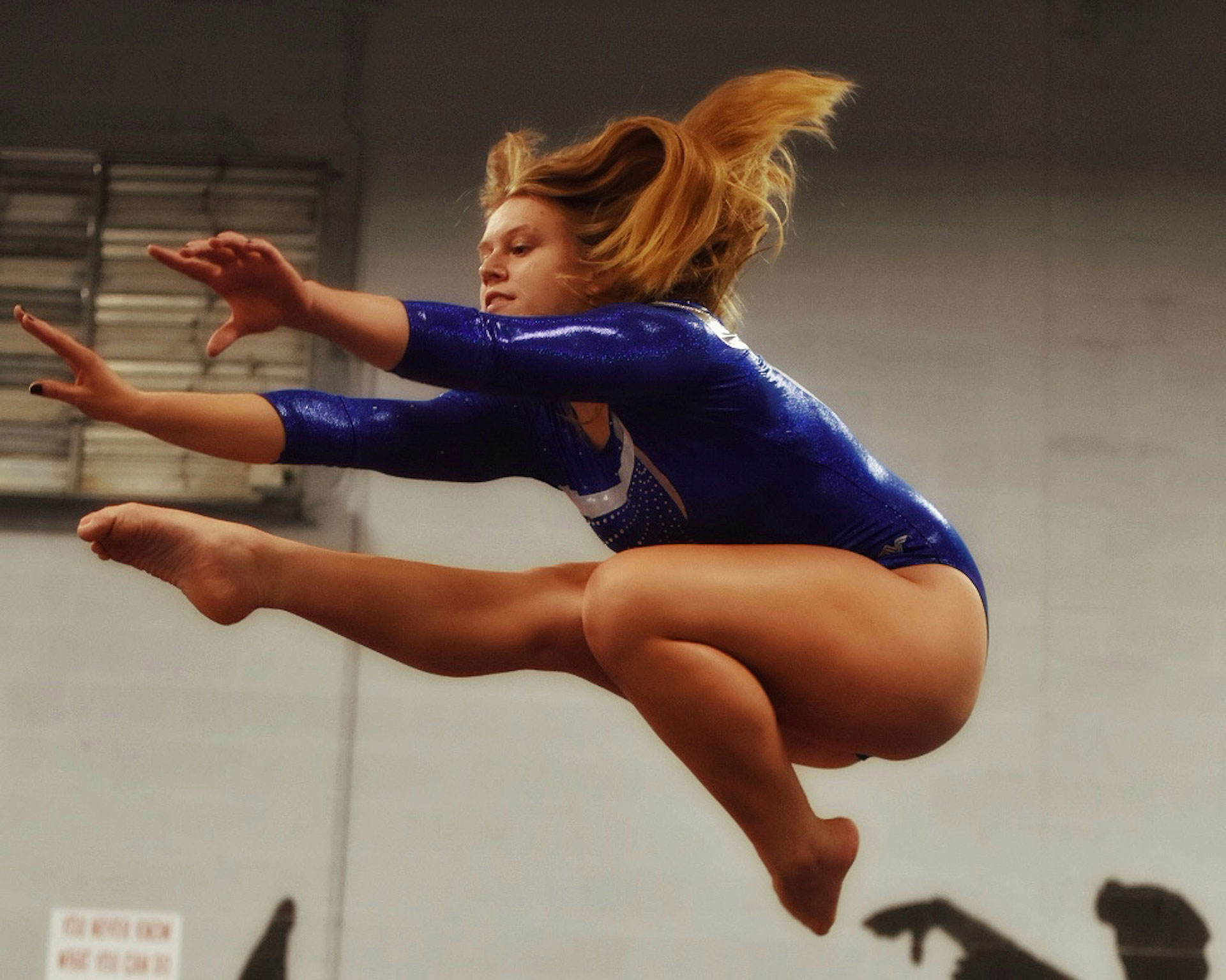

The end of winter marks the beginning of Denmark’s annual gymnastic displays, which involve numerous exciting events taking place across the country. As such performances are not held often, these traditional events are of great importance to the nation’s gymnasts and dancers, providing a rare stage for them to demonstrate their skills before an enthusiastic audience. As well as being one of the year’s highlights for the performers themselves, these spring events are also highly popular with spectators.
Every year in early March, over 100,000 gymnasts from associations, schools, and sports teams showcase the skills that they have perfected during the winter months in Denmark’s GYMNASTIC CELEBRATION OF SPRING. These events, which have been a fixture in the calendar for many years, attract thousands of spectators to sports halls and arenas up and down the country. Such celebrations would not be possible without the assistance of thousands of volunteers, whose participation demonstrates the strength of local sports associations and the communities they serve.
Every four years a national meet takes place, and training for this begins long before it occurs. With its history dating back more than 140 years, this is one of Denmark’s oldest sporting events, and it is seen as a special honour for gymnasts to perform here. The most successful will be allocated one of 28 coveted places on the Danish National Performance Team.

While many nations already have similar traditions to Denmark’s GYMNASTIC CELEBRATION OF SPRING, we believe that its essence is a universal concept that can be integrated into traditional spring activities in other nations across the globe. In most cultures, the end of the cold winter months traditionally signifies renewal, and the majority of nations hold events to celebrate the winter’s end. We are confident that community gymnastic displays can be incorporated into existing spring traditions in different locations across the globe. More information is available in Danish here
